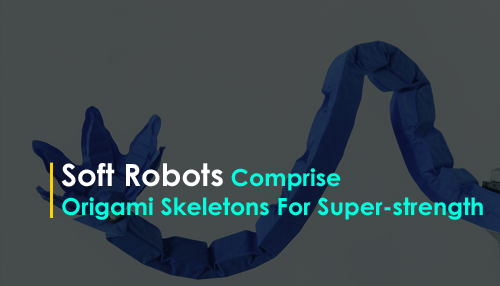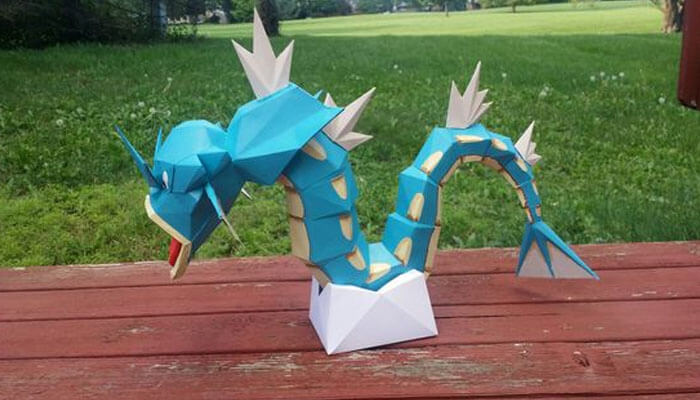It can’t be promised that the robot apocalypse isn’t coming or that the machines won’t rise and overthrow their makers. In any case, can it be promised that a few out of every odd one of them will have the ability to punch you out? Since robots are becoming sensitive. Like, literally, soft, controlled with liquid or air, rather than standard motors. Soft robotics, naturally, is what they call it, and it’s hot right at this point. An issue, be that as it may: Without the rigidity and powerful motors of your typical robot, soft robots have been weak.
That is, starting in the relatively recent past. Researchers at the MIT Computer Science and Artificial Intelligence Laboratory and Harvard’s Wyss Institute have developed another kind of soft robotized muscle moved by origami and awesomeness. It’s fundamentally a bag filled with air, inside of which is an origami structure that functions as a skeleton. By attracting air and oxygen, the experts can get the muscle to lift 1,000 times its weight. By comparison, a more standard robot arm like the super noticeable UR10, which weighs 64 pounds, can lift a third of its weight.
“That is genuinely bewildering; if you think about it, you lift 1,000 times more than what you weigh,” says roboticist Daniela Rus of MIT CSAIL. “So we trust that this will be really transformational for how we use soft robots in manufacturing, in homes, and in general in everyday vitality.”
The secret is in that skeleton. Without it, you could get a soft mechanical muscle to contract without question. Think Baymax from Big Hero 6, who can deflate and squeeze through windows. In truth, a soft robot like that wouldn’t possess outstanding strength in any case. The skeleton gives you both quality and the ability to start messing with how the muscle moves.
So, for instance, if you have to do a straight-up lifting motion, an accordion-style skeleton may work best. Nevertheless, you may, in like manner, 3-D print other origami shapes to execute distinctive moves. “Through those assorted cases, we’re prepared to induce rotational motions or turning motions,” Rus says.
You could then also join these various muscles as modules to shape a more complicated robot, like the one at the most astounding purpose of this story. The fingers curve inside to grasp the tire, while the stem contracts upwards to lift.
The brilliance of this kind of structure is its literal and figurative versatility. Additionally, as you could combine different muscles, you could work with different materials for the skin. So you’d use silicone, for instance, to resist heat, yet you could similarly use materials that dissolve in water to make a disposable maritime robot.
Soft robots would coincide with humans better, which suggests robots will collaborate with us, not unmitigatedly take our jobs. Unquestionably, they’ll be to an extraordinary degree strong, notwithstanding that they’ll also be to an incredible degree sensitive. Robotic arms like the UR10 I determined earlier already stop if they link with humans, and expect that the softies will do similarly. So the sensitive robots of the near future will solidify quality and delicacy, making them considerably more secure than “hard” devices. Like André the Giant, just with fewer sideburns.
The consequent stage? Making a soft robotic elephant. Cut back, clearly. “I like the elephant trunk because it’s such a sophisticated manipulation mechanism,” Rus says.
We should, in like manner get a robotized image of André the Giant while we’re at it. Maybe André is riding an elephant. No doubt, there we go.




